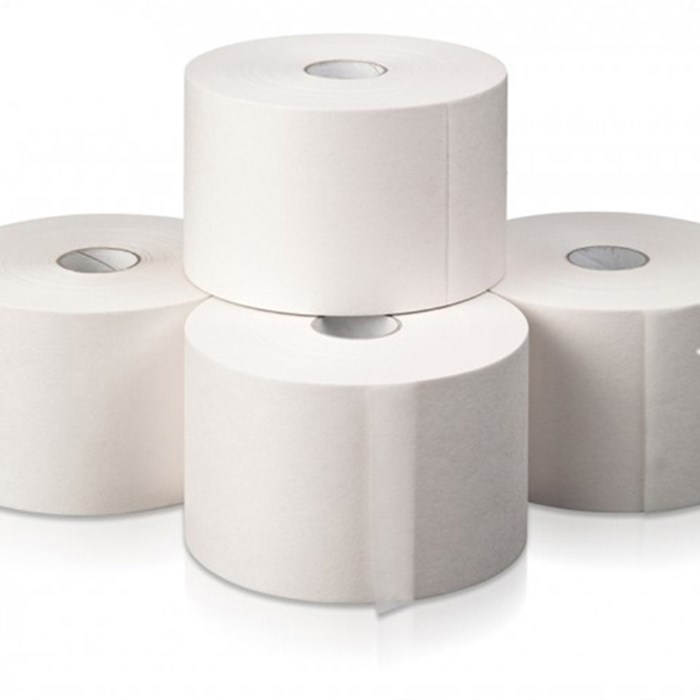In the world of crafting and packaging, the art of pasting paper is an essential skill that enhances creativity, durability, and aesthetic appeal. Whether you’re a DIY enthusiast, a professional artist, or a business owner looking to improve product packaging, mastering paper pasting techniques can significantly elevate your work.
This article explores the importance of pasting paper in crafting and packaging, the different types of adhesives available, step-by-step techniques, and innovative applications. By the end, you’ll understand why pasting paper is a must-have skill for anyone involved in creative or commercial projects.
The Importance of Pasting Paper in Crafting
1. Enhances Durability
Paper is a fragile material, but when properly pasted onto other surfaces—such as cardboard, wood, or fabric—it becomes more resilient. This is especially important for:
- Scrapbooking – Prevents photos and embellishments from falling off.
- Paper Mache – Creates sturdy sculptures and decorative items.
- Bookbinding – Strengthens covers and spine attachments.
2. Improves Aesthetics
Pasting paper allows for seamless layering, enabling crafters to:
- Create collages with smooth transitions.
- Apply decorative papers (like washi or origami sheets) without wrinkles.
- Add textures by combining different materials.
3. Encourages Creativity
With pasting techniques, crafters can:
- Experiment with mixed-media art.
- Build 3D structures (e.g., pop-up cards, dioramas).
- Customize home décor (e.g., decoupage furniture).
The Role of Pasting in Packaging
1. Strengthens Packaging Structures
Many packaging solutions rely on pasting paper to:
- Reinforce cardboard boxes.
- Seal product wraps securely.
- Create custom-shaped packaging (e.g., gift boxes).
2. Enhances Brand Presentation
Well-pasted packaging looks professional and appealing. Businesses use pasting to:
- Apply branded labels smoothly.
- Attach promotional inserts without glue marks.
- Ensure clean, wrinkle-free wrapping for luxury products.
3. Eco-Friendly Packaging Solutions
With sustainability becoming a priority, pasting paper helps in:
- Using recyclable adhesives.
- Reducing plastic use by opting for paper-based seals.
- Creating biodegradable packaging designs.
Types of Adhesives for Pasting Paper
Choosing the right adhesive is crucial for a strong, clean finish. Here are the most common types:
1. White Glue (PVA Glue)
- Best for: General crafting, bookbinding, paper mache.
- Pros: Non-toxic, dries clear, strong bond.
- Cons: Can warp thin paper if overused.
- Best for: Scrapbooking, light paper projects.
- Pros: Mess-free, easy to apply.
- Cons: Weaker bond, not ideal for heavy materials.
- Best for: Packaging, photo mounting.
- Pros: Instant adhesion, no drying time.
- Cons: Difficult to reposition.
- Best for: Decoupage, sealing artwork.
- Pros: Acts as glue and varnish, glossy/matte finishes available.
- Cons: Requires multiple coats for durability.
- Best for: Large surfaces, professional packaging.
- Pros: Even application, quick drying.
- Cons: Requires ventilation, can be messy.
- Clean the surface (dust-free).
- Cut the paper to the right size.
- Choose the appropriate adhesive.
- For liquid glue: Use a brush or sponge for even spreading.
- For glue sticks: Cover the entire back of the paper.
- For spray adhesive: Apply in a well-ventilated area.
- Align carefully to avoid wrinkles.
- Smooth out with a brayer or credit card to remove air bubbles.
- Press under a heavy book if needed.
- Avoid handling until fully dry (time varies by adhesive).
- Trim excess edges.
- Apply a sealant (like Mod Podge) for extra protection.
- Layer patterned papers for a unique look.
- Add pasted embellishments (ribbons, cut-outs).
- Decoupage furniture with vintage newspapers.
- Create wall art with pasted paper collages.
- Use pasted paper tapes instead of plastic.
- Design reusable paper boxes with reinforced pasting.
- School projects (posters, dioramas).
- Fun activities like mask-making with paper mache.
- Problem: Warped paper, slow drying.
- Solution: Apply a thin, even layer.
- Problem: Crooked pasting.
- Solution: Measure and mark before sticking.
- Problem: Weak bond, peeling.
- Solution: Allow sufficient drying time.
2. Glue Sticks
3. Double-Sided Tape
4. Mod Podge (Decoupage Glue)
5. Spray Adhesive
Step-by-Step Guide to Pasting Paper Perfectly
1. Prepare Your Materials
2. Apply the Adhesive
3. Position the Paper
4. Let It Dry
5. Finishing Touches
Innovative Applications of Pasting Paper
1. Custom Gift Wrapping
2. DIY Home Décor
3. Eco-Friendly Product Packaging
4. Educational and Kids’ Crafts
Common Mistakes & How to Avoid Them
1. Using Too Much Glue
2. Not Aligning Properly
3. Rushing the Drying Process
Conclusion
Pasting paper is an indispensable technique in both crafting and packaging. It enhances durability, improves aesthetics, and offers endless creative possibilities. By selecting the right adhesive and mastering application methods, you can achieve professional-quality results in your projects.
Whether you’re a hobbyist looking to refine your skills or a business aiming for sustainable packaging solutions, pasting paper is a must-have skill that adds value to your work. Start experimenting today and discover the transformative power of this simple yet essential technique!
Post time: Jul-10-2025

